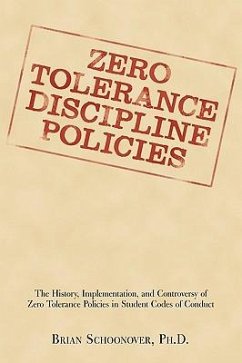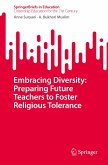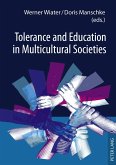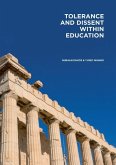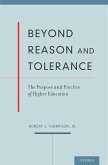Mandatory punishments for disciplinary offenses have been included in school districts' Student Codes of Conduct since it was mandated by the Gun-Free Schools Act of 1994. While zero tolerance policies were initially created to protect students and teachers from gun attacks in schools, the way in which these policies have actually been implemented in schools has prompted some parents, educators, and politicians to challenge them and call for zero tolerance policy reform. Since 1994, a majority of school districts have expanded their use of zero tolerance policies to include infractions other than those included to keep guns out of schools. Zero Tolerance Discipline Policies, the first comprehensive study of its kind, conducted by author Dr. Brian James Schoonover, examines the history of zero tolerance policies, including the practice of adding offenses other than the possession of guns to these policies. With practical, action-oriented recommendations on ways policymakers and educational leaders can improve how students are disciplined, Zero Tolerance Discipline Policies offers recommendations on what should be included in a model Student Code of Conduct as well as a recommendation for starting a Three-CHANCE (Changing Habits After New Character Education) system of educational placements to ensure all students are educated in a safe and appropriate facility.

